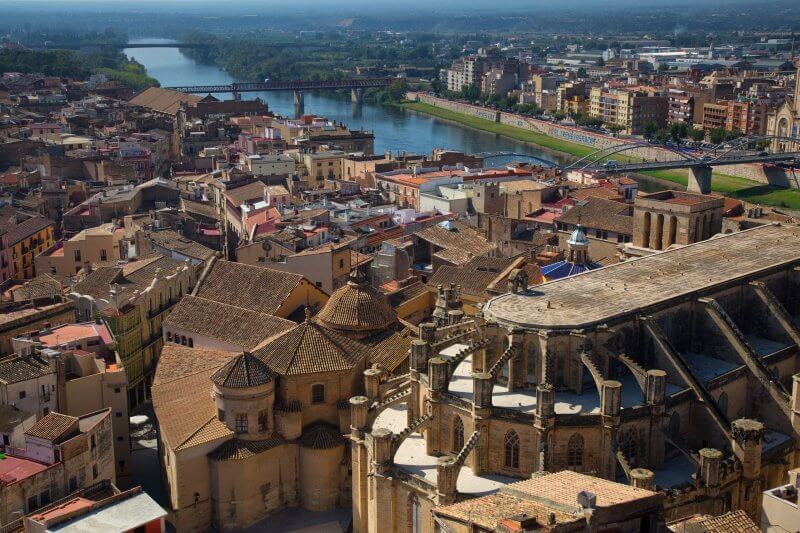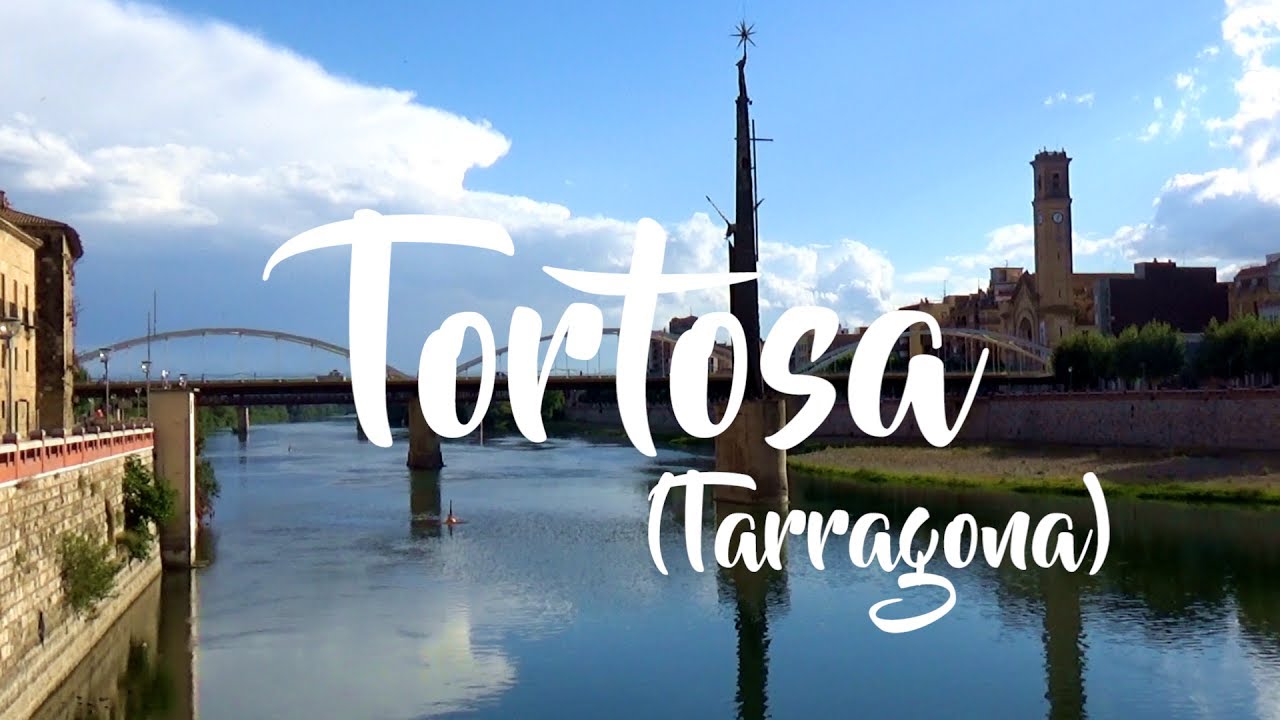Tortosa, Spain – a place with a rich and interesting history, standing on the Ebro River. It differs from other Spanish cities by the absence of crowds of tourists and the presence of three cultures at once-Muslim, Jewish and Christian, traces of which can be seen in the architecture.
General information
Tortosa is a city in the eastern part of Spain, Catalonia. It covers an area of 218.45 km2. The population is about 40,000 people. 25% of the city’s total population is made up of expats who came to Spain from 100 countries around the world.
The first mention of Tortosa dates back to the second century BC, when the territory was conquered by the Romans. In 506, it passed to the Visigoths, and in the IX century a Saracen fortress appeared here. In 1413, one of the famous Christian-Jewish debates took place in Tortosa, which made the city famous throughout Europe.

Thanks to such a rich history and diversity of cultures, in Tortosa you can find buildings from the Islamic period, as well as Jewish and Christian ones. It is not difficult to do this – go to the Old Town.
Attractions
Tortosa is an ancient city, so the local attractions are very different from those that can be seen in most other Spanish cities. Almost all the buildings in the city are built of yellow sandstone, and if you don’t know that you are in Catalonia, you might think that you are in Italy or Croatia.
The local nature also pleases – a large number of green parks, boulevards and squares make the city a popular holiday destination.
However, it is important to note that not all tourists are enthusiastic about the Old Town of Tortosa: many say that the buildings are in poor condition, and gradually turn into a pile of garbage. Travelers also note that the city has a lot of dirty and unpleasant places where tourists should not go.
Tortosa Cathedral
The Cathedral is the most famous landmark of Tortosa, which is located in the city center. The cathedral was built on the site of the former Roman forum. It is interesting that earlier the cathedral was considered a temple, and in 1931 it was given the status of a basilica.

The exterior decoration of the attraction is very unusual for religious buildings: the building is completely lined with sandstone slabs, and if viewed from a height, it has an oval shape. It is also unusual that there are terraces on the upper floors of the temple (tourists are not allowed there).
It is important to know that the Cathedral is not a simple basilica, but a whole temple complex, which consists of:
- The museum. It contains both exhibits related to the temple and interesting things related to the history of Tortosa. Among the most interesting items tourists note ancient books, music notebooks and an Arabic box made in the 12th-13th century.
- Main hall. It is a beautiful room with a high ceiling and candelabra. Most interesting is the wooden altar with scenes from the Bible.
- The cloister. This is a covered walk-around gallery that runs along the patio.
- Dungeons. It is not very big and it is not a very spectacular place. Nevertheless, it perfectly demonstrates the history of the cathedral. Also in this part of the temple you can see several exhibits found during archaeological excavations.
- Of the inner courtyard. There are several small fountains and flowers planted in this part of the complex.
Also on the territory of the complex you can find a souvenir shop, the prices of which are quite reasonable.
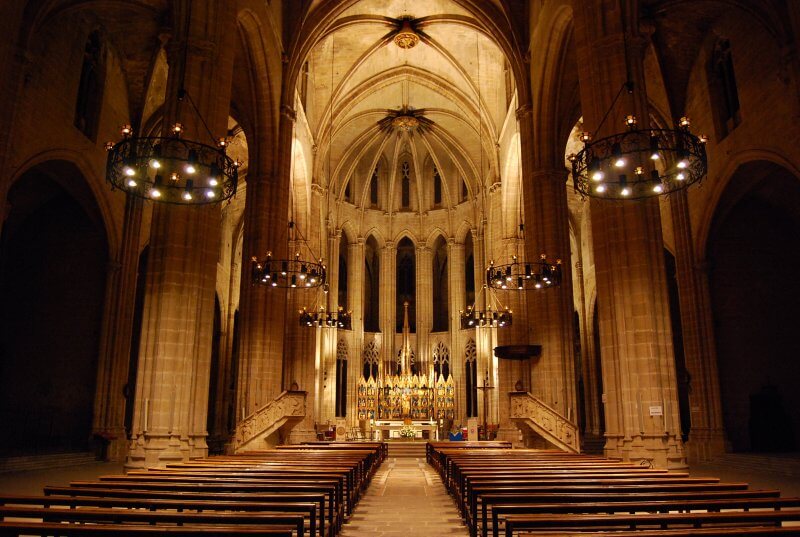
Useful tips
- Pay attention to the tombstones with inscriptions dedicated to the deceased on the walls of the Cathedral.
- Please note that it is forbidden to take photos in the cathedral.
- Tourists are advised not to visit the Cathedral of Tortosa during the day, as it is very hot at this time, and it is almost impossible to be on the roof of the cathedral.
Practical information:
- Location: Lloc Portal de Remolins 5, 43500 Tortosa, Spain.
- Opening hours: 09.00-13.00, 16.30-19.00.
- Price: 3 euros.
Suda de Tortosa Castle
Suda de Tortosa is a medieval castle on a hill in the center of Tortosa. This is one of the oldest surviving structures in the city. The first walls were built under the Romans. However, the castle reached its greatest dawn under the Muslims.
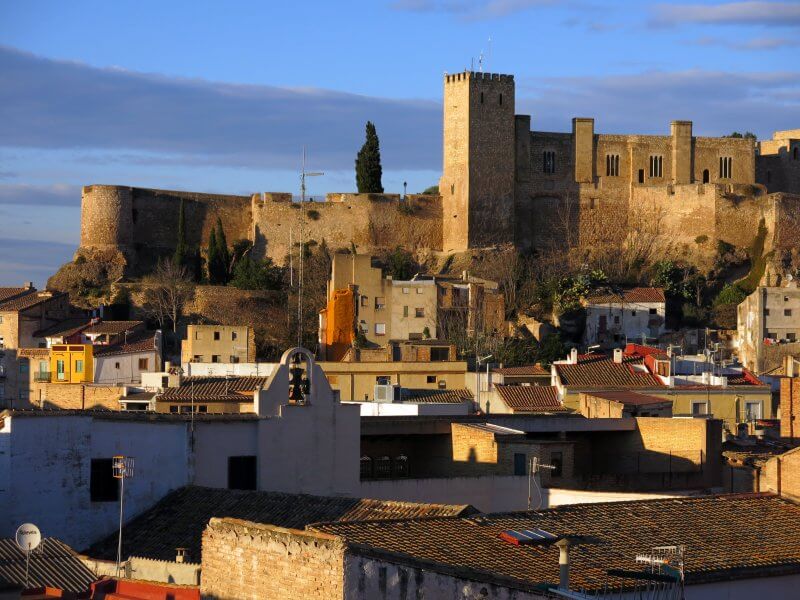
In 1294, the fortress became the official residence of King Jaime the Conqueror, so it was equipped with the latest technology (additional defensive structures were added) and new premises were added.
What you can see on the grounds of Suda Castle:
- The main tower. It is the highest point in Tortosa and offers the best view of the city.
- Remains of Roman columns are located at the entrance to the complex. About 9-10 exhibits have been preserved.
- Cistern – a small basement where supplies were previously stored.
- 4 gates: Entrance, Upper, Inner and Middle.
- A cannon installed on one of the platforms.
- An arsenal that previously held military weapons. Now – only a small part.
- Muslim cemetery. It dates back to 900-1100, and is one of the oldest in the country. Most of the graves have been destroyed, but some are in good condition.
Tourists note that there are not many visitors to the Tortosa Castle in Tortosa, so you can safely go around all the rooms.
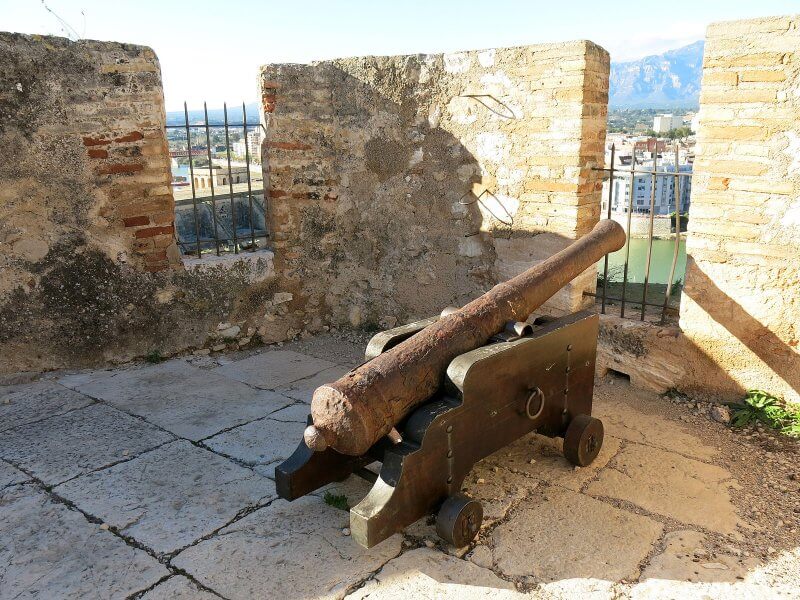
A few tips
- The ascent is quite steep, and inexperienced drivers should not go here by car.
- At the top of the hill there is a hotel and a restaurant.
- Suda Castle is an ideal place for beautiful photos, because there are several viewing platforms at once.
Location: Tortosa Hill, Tortosa, Spain.
Prince’s Gardens (Jardins Del Princep)
Prince’s Gardens – green corner on the map of Tortosa. However, this is not a simple park – a real open-air museum, where more than 15 sculptures dedicated to human relationships are installed.
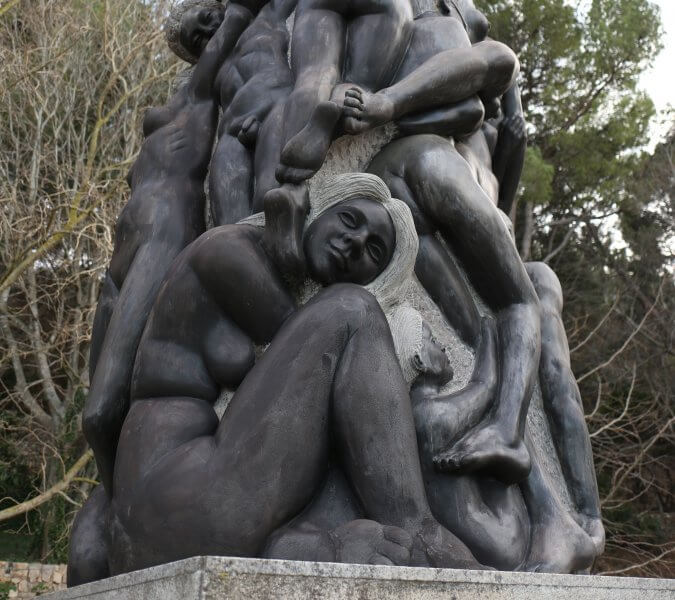
There is a small tourist office at the entrance to the park, where you can get a free map of the garden with the attractions of Tortosa in Spain marked on it. There is also a restaurant and a small craft shop on site.
Interestingly, the modern park is located on the site of a former balneological resort. The medicinal waters of Tortosa were known far beyond the borders of Spain, and were even awarded several international awards.
There are always a lot of tourists in the garden, and the greatest attention is drawn to 24 sculptural compositions dedicated to the problems of humanity. So, one of the monuments tells about the tragedy of Hiroshima, the other-about the conquest of space by man. One of the most interesting sculptural compositions is “7 stages”, where you can trace the seven stages of the relationship between a girl and a young man.
The central sculpture in the park is called ” The Struggle of Humanity”, and represents the intertwined human bodies. On the sides there are 4 more sculptural compositions with symbolic names: “The beginning of life”,” Society”, “Loneliness”, “Sunset of life”.
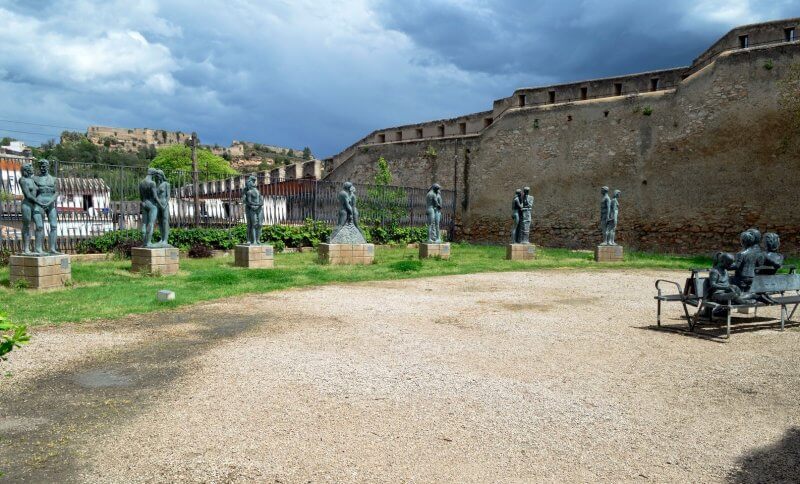
In addition to unusual sculptures, the park has a large number of rare plant and flower species, and a large collection of cacti from around the world.
- Location: Castell de la Suda, 1, 43500 Tortosa, Spain.
- Opening hours: 10.00-13.00, 16.30-19.30 (summer), 10.00-13.00, 15.30-17.30 (winter), Monday is a day off.
- Price: 3 euros.
Municipal Market
Tortosa Market is one of the largest indoor markets in Catalonia. Located in a late 19th-century building that looks like a large stone barn. It covers an area of 2,650 square kilometers.
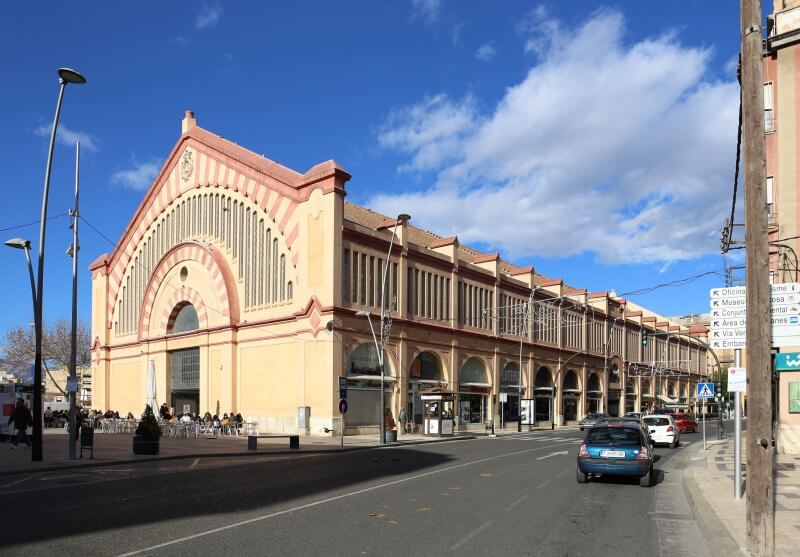
This is one of the most popular places in the city, where both locals and tourists come to buy. On the shelves you can find fresh vegetables, fruits, meat delicacies and sweets.
The fish department is located in the next building (it is new) – there you will find more than 20 species of fish, shrimp, crabs and other ocean inhabitants. Be sure to buy local lobsters.
How to get there from Barcelona
Barcelona and Tortosa are separated by 198 km, which can be covered by car.:
- By bus. Every 2-3 hours, a HIFE S. A. bus departs from Barcelona’s main bus station. The fare is 15-20 euros (depending on the time of travel and day). Travel time is 2 hours and 20 minutes.
- By train. Please take the Re train at Barcelona-Paseo De Gracia station and reach Tortosa Train Station. The price is 14-18 euros. Travel time is 2 hours and 30 minutes. Trains run in this direction 5-6 times a day.
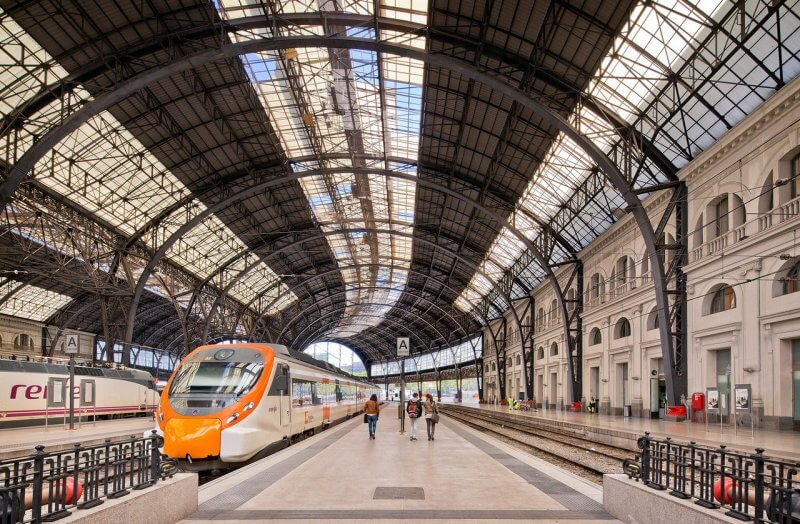
You can view the schedule and buy tickets, which are best purchased in advance, on the official websites of carriers.:
- https://hife.es/en-GB – HIFE S.A.
- http://www.renfe.com/viajeros/ – Renfe Viajeros.
You can also find information about promotions and discounts here.
Useful tips

- Be sure to climb the hill near the Cathedral – it offers a beautiful view of most of the city.
- Come to the market in the morning, when there are still no crowds of tourists.
- If you want to save money, you should consider purchasing a Tortosa tourist card. The price is 5 euros. It gives you the opportunity to visit the main attractions for free and get a discount in some museums and cafes.
Tortosa, Spain-one of the few Catalan cities with interesting sights and no crowds of tourists.
Calella Resort Guide: What to See, Do and Enjoy

